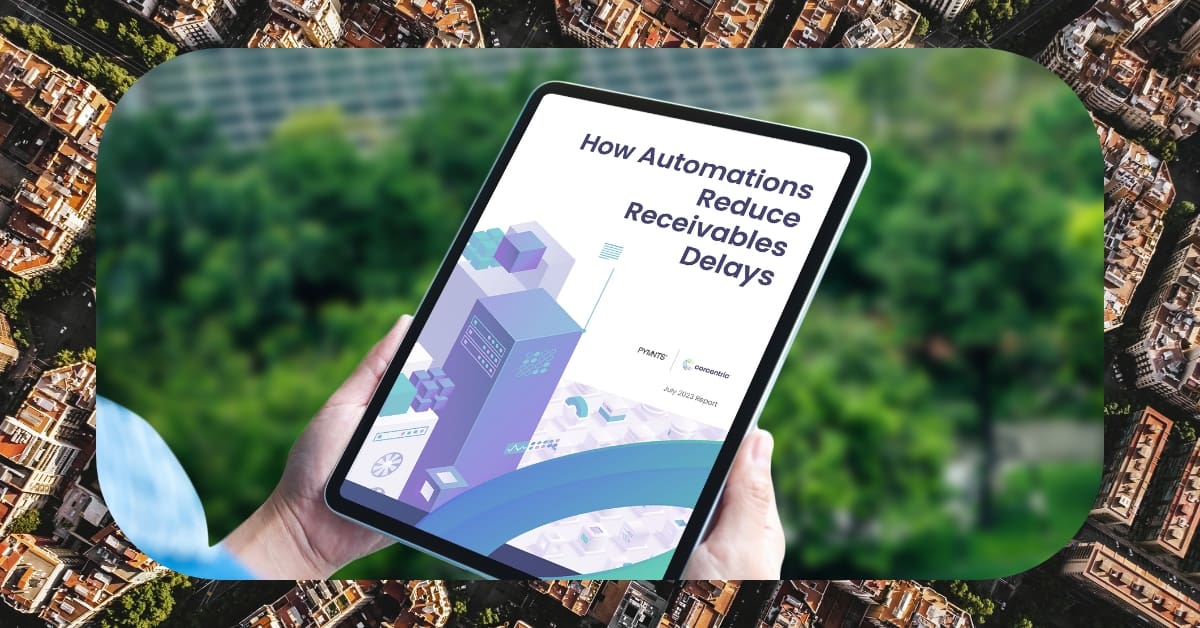Establishing Automation Opportunities For Order To Cash

Automation Opportunities For Order To Cash
The world of business has experienced seismic shift as digital technologies become ubiquitous. Automation allows teams to focus on tasks requiring more substantial effort and presents opportunities to streamline and optimize current functions, such as order to cash. Achieving seamless and integrated order to cash operations can increase efficiency and reduce human errors.
The order to cash process is essential to ensure an organizations accounts receivable duties are completed and involve tasks ranging from invoice creation to cash receipt. It includes the functions of the sales order process, sales invoice, billing process, and payment collection, among others. Automating order to cash processes enables business to streamline their processes and provide better overall customer experience.
In this article, we will explore how cutting-edge order to cash software can help unlock automated solutions for order to cash and promote efficiency and growth. We provide step-by-step guide for utilizing and reaping the benefits of order to cash automation tools.
Step 1: Evaluate and Analyze Current Order to Cash Process
Before automating order to cash functions, the first step is to assess and analyze the current process. Evaluating existing order to cash processes with an eye to automation provides an extensive understanding of procedures and what could be improved. comprehensive analysis helps determine if and how Softwareservices can be integrated and implemented. This also provides an opportunity to identify inefficient activities or departments and merge them into centralized system.
Step 2: Identify Necessary Software
Once one has conducted thorough evaluation of the order to cash process, the next step is to identify necessary software. The type of software needed will depend on the systems and processes within the organization. For example, if you need to schedule sales process, you may need customer relationship management software (CRM). If invoices need to be raised, an accounting Softwaresuch as QuickBooks might be required.
Step 3: Research and Prioritize Features
Once the necessary software has been identified, you can then research and prioritize features. This is crucial to ensure the solution delivers the value and outcome desired, as well as meets the requirements of order to cash automation. There are many features to consider, including reporting and analytics, electronic data interchange (EDI), fraud prevention, and others. Be sure to thoroughly research the features offered by the software before making decision.
Step 4: Choose an Appropriate Solution
Now that the research and prioritization of features is completed, the next step is to choose an appropriate solution for order to cash automation. There are many solutions to choose from, and conducting comparative analysis of the various options is recommended. When making selection, factors like cost, functionality, support, and scalability should be taken into account.
Step 5: Integrate Software and Connect It to Your Platform
Once an appropriate solution for order to cash automation is chosen, the next step is to integrate the software and connect it to the platform. Depending on the Softwaresolution capabilities, integration can be relatively simple process. Regardless, it is essential to ensure the system is connected and functioning seamlessly with the platform.
Step 6: Train employeeon How to Use the System
After integration is complete and the system is set up, the next step is to train employeeon how to use the system. This is key to ensure smooth implementation of the software and consequently the efficient running of order to cash processes. Depending on the complexity of the system, training may require extensive sessions. The efforts of training must be made to ensure users are comfortable with the operation of the software.
Step 7: Monitor System Performance
Once the system is up and running and employeehave been trained, be sure to monitor the system’s performance. It is vital to track key performance indicators (KPIs) and data to establish the efficacy of order to cash automation. This allows for better understanding of performance, which can lead to better decision making and improvements.
Conclusion
From streamlining processes and enhancing customer experiences to cutting costs and eliminating manual errors, there are numerous benefits to automating order to cash processes. With the emergence of variety of order to cash Softwaresolutions, unlocking automated solutions for order to cash can be made more achievable and beneficial endeavor. Following the steps in this guide should put an executive in better position to implement successful order to cash automation solution.

